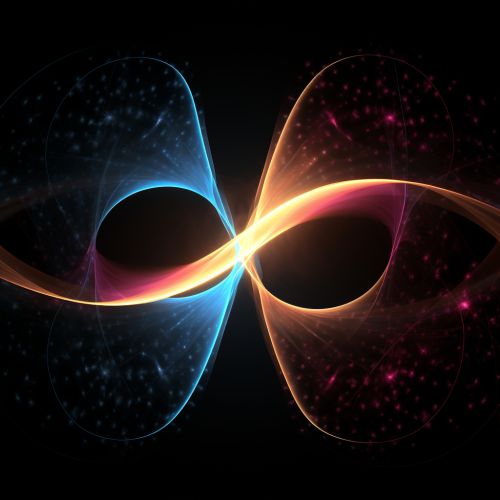The Physics of Quantum Polarization
Introduction
Quantum polarization refers to the quantum mechanical description of the polarization state of electromagnetic waves, particularly light waves. It is a fundamental concept in quantum optics and quantum information science, with applications in areas such as quantum cryptography, quantum communication, and quantum computing.


Quantum Description of Polarization
In classical physics, the polarization of light is described by the direction of the electric field vector in the plane perpendicular to the direction of propagation. However, in quantum mechanics, the polarization state of a single photon is described by a two-level quantum system, or a qubit. This quantum description allows for superposition states, where a photon can be in a state of horizontal and vertical polarization at the same time, and entangled states, where the polarization states of two or more photons are correlated in a way that cannot be described by classical physics.
Polarization States
The polarization states of a photon can be represented by the quantum state vectors |H⟩ and |V⟩, corresponding to horizontal and vertical polarization, respectively. Any other polarization state can be expressed as a linear combination of these basis states, such as diagonal |D⟩ = (|H⟩ + |V⟩)/√2, anti-diagonal |A⟩ = (|H⟩ - |V⟩)/√2, right-circular |R⟩ = (|H⟩ + i|V⟩)/√2, and left-circular |L⟩ = (|H⟩ - i|V⟩)/√2 polarization.


Measurement of Polarization
The measurement of the polarization state of a photon is a fundamental process in quantum optics. According to the quantum measurement postulate, the measurement will cause the photon to collapse into one of the basis states, with a probability given by the square of the amplitude of the state vector. For example, if a photon is in the state |D⟩ and a measurement is made in the H/V basis, the photon will collapse into either the |H⟩ or |V⟩ state, with equal probability.
Quantum Entanglement and Polarization
Quantum entanglement is a phenomenon where the quantum states of two or more particles are correlated in a way that cannot be described by classical physics. In the context of polarization, two photons can be entangled in such a way that the measurement of the polarization state of one photon will instantaneously determine the polarization state of the other photon, regardless of the distance between them. This phenomenon, known as quantum entanglement, has been experimentally confirmed by Bell's theorem experiments and is a key resource in quantum information science.


Applications of Quantum Polarization
Quantum polarization has many applications in quantum information science. In quantum cryptography, the polarization states of photons can be used to encode and transmit secure information. In quantum communication, entangled photon pairs can be used for quantum teleportation and superdense coding. In quantum computing, the polarization states of photons can be used as qubits, the fundamental units of quantum information.
